
Dogs
For some, Tibet is a destination of a spiritual pilgrimage. For others, it is a peaceful, calming land with a beauty that is beyond explanation. For a few, Tibet holds a special place in their hearts as the birthplace of the Lhasa apso.
Originating in the villages near the sacred city of Lhasa, the Lhasa apso is one of three dog breeds from the land of Tibet. The others are the Tibetan terrier and the Tibetan spaniel. In his homeland, the Lhasa is known as the Abso Seng Kye, the Bark Lion Sentinel Dog. As the name implies, the Lhasa was bred and developed to be a guard dog. Since larger mastiff-type dogs were used to patrol and protect outdoor perimeters, the Lhasa was given the responsibility of protecting the inside of homes. This included the homes of the privileged classes as well as the Dalai Lama.
During a trip to Tibet in the 1930s, an American named C. Suydam Cutting arranged an audience with the Dalai Lama. They became friends and a pair of Lhasas was given to Cutting as a gift from the Dalai Lama in 1933. This gift resulted in the establishment of the Lhasa apso in the United States.
The Lhasa apso was first admitted to the American Kennel Club in 1935 as a member of the non-sporting group.
Since the Lhasa originates in a land of harsh climates, a hardy constitution and a heavy dense hair coat is to be expected. The hair coat is also straight and long. Typically tan in color, the dog comes in other colors.
The Lhasa is a small dog with a tail that curls up over the back. The head is moderate in shape with a medium length muzzle. The ears are small and heavily feathered.
The adult Lhasa apso stands 10 to 11 inches at the shoulder and weighs about 15 to 20 pounds.
The harsh climate of Tibet has led to the development of a hardy and vigorous dog. The breed is intelligent and seems to have a sixth sense in distinguishing friends from strangers. Aloof and watchful of strangers, the Lhasa quickly becomes friendly and outgoing when he gets to know you.
The Lhasa is a born protector and companion. The breed thrives on human contact but is not very tolerant of small children. The Lhasa does best when kept as a house pet. The Lhasa happily lives with other dogs, as long as human companionship is provided.
The Lhasa is generally an obedient dog and can be easily trained. Some Lhasas tend to be independent and can have some difficulty following commands. The breed will eventually do what is asked but may need to take a little time to think about the instructions first.
The long dense hair coat of the Lhasa requires frequent grooming to prevent mats and tangles. Some Lhasas tend to be overly protective and aggressive so early socialization and obedience training are strongly recommended.
The independence of the Lhasa can lead to problems with dominance and aggression but with firm and loving discipline, this can be prevented.
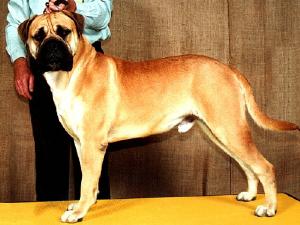 Bullmastiff
Bullmastiff
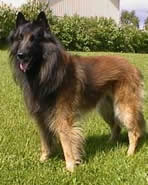 Belgian Tervurens: A guide to dogs and puppies of the Belgian Tervuren breed
Belgian Tervurens: A guide to dogs and puppies of the Belgian Tervuren breed
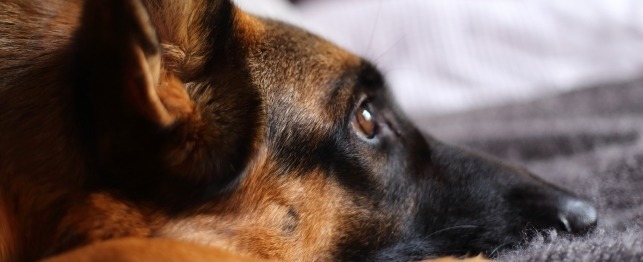 Is a German shepherd Right for You? Survey Results from German shepherd Owners
Is a German shepherd Right for You? Survey Results from German shepherd Owners
 Giant Dog Breeds
Giant Dog Breeds
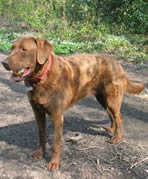 Chesapeake Bay Retrievers: A guide to dogs and puppies of the Chesapeake Bay Retriever breed
Chesapeake Bay Retrievers: A guide to dogs and puppies of the Chesapeake Bay Retriever breed
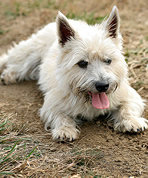 Cairn Terriers: A guide to dogs and puppies of the Cairn Terrier breed
Cairn Terriers: A guide to dogs and puppies of the Cairn Terrier breed
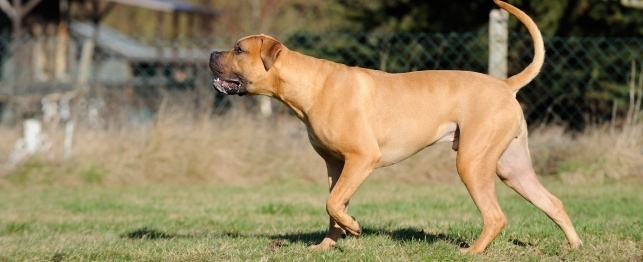 Choosing a Boerboel - Boerboel Breed Profile
Choosing a Boerboel - Boerboel Breed Profile
Choosing a Boerboel - Boerboel Breed Profile
Choosing a Boerboel - Boerboel Breed Profile
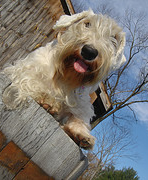 Sealyham Terriers: A guide to dogs and puppies of the Sealyham Terrier breed
The Sealyham Terrier!
The Sealyham Terrier are dogs that ha
Sealyham Terriers: A guide to dogs and puppies of the Sealyham Terrier breed
The Sealyham Terrier!
The Sealyham Terrier are dogs that ha
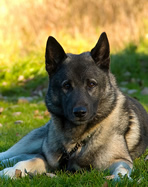 Norwegian Elkhounds: A guide to dogs and puppies of the Norwegian Elkhound breed
The Norwegian Elkhound!
The Norwegian Elkhound is a hardy g
Norwegian Elkhounds: A guide to dogs and puppies of the Norwegian Elkhound breed
The Norwegian Elkhound!
The Norwegian Elkhound is a hardy g
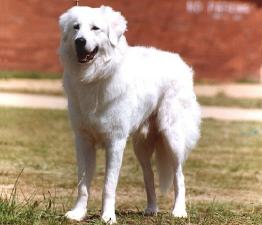 Maremma Sheepdog
Maremma Sheepd
Maremma Sheepdog
Maremma Sheepd
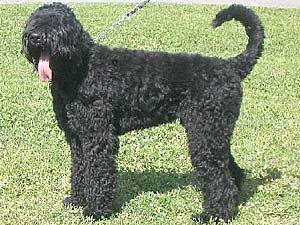 Black Russian Terrier
Black Russian
Black Russian Terrier
Black Russian
Copyright © 2005-2016 Pet Information All Rights Reserved
Contact us: www162date@outlook.com